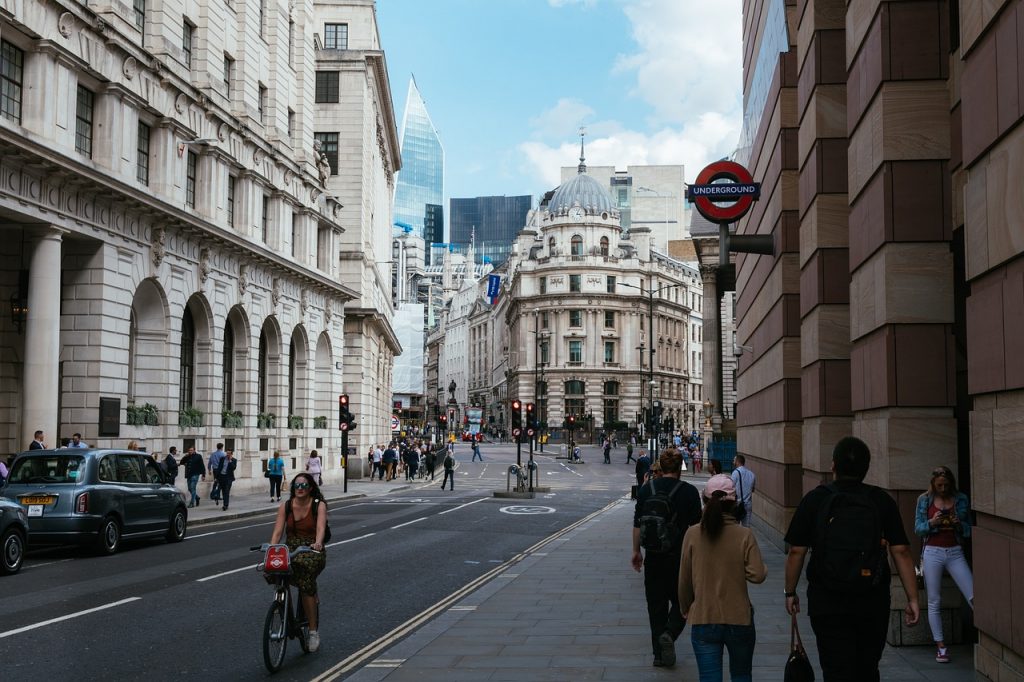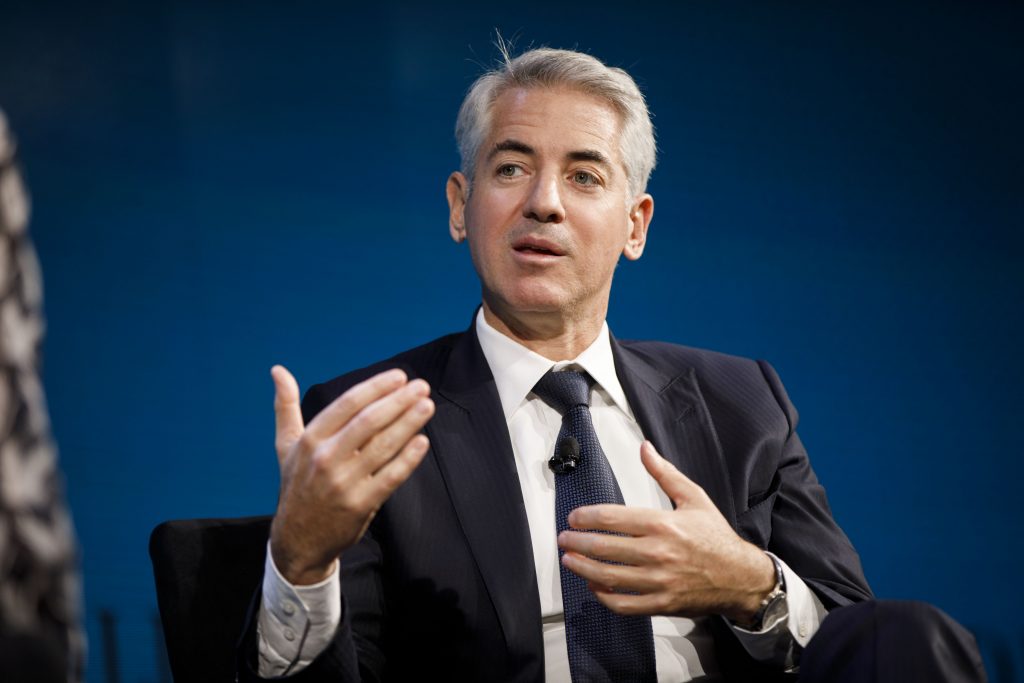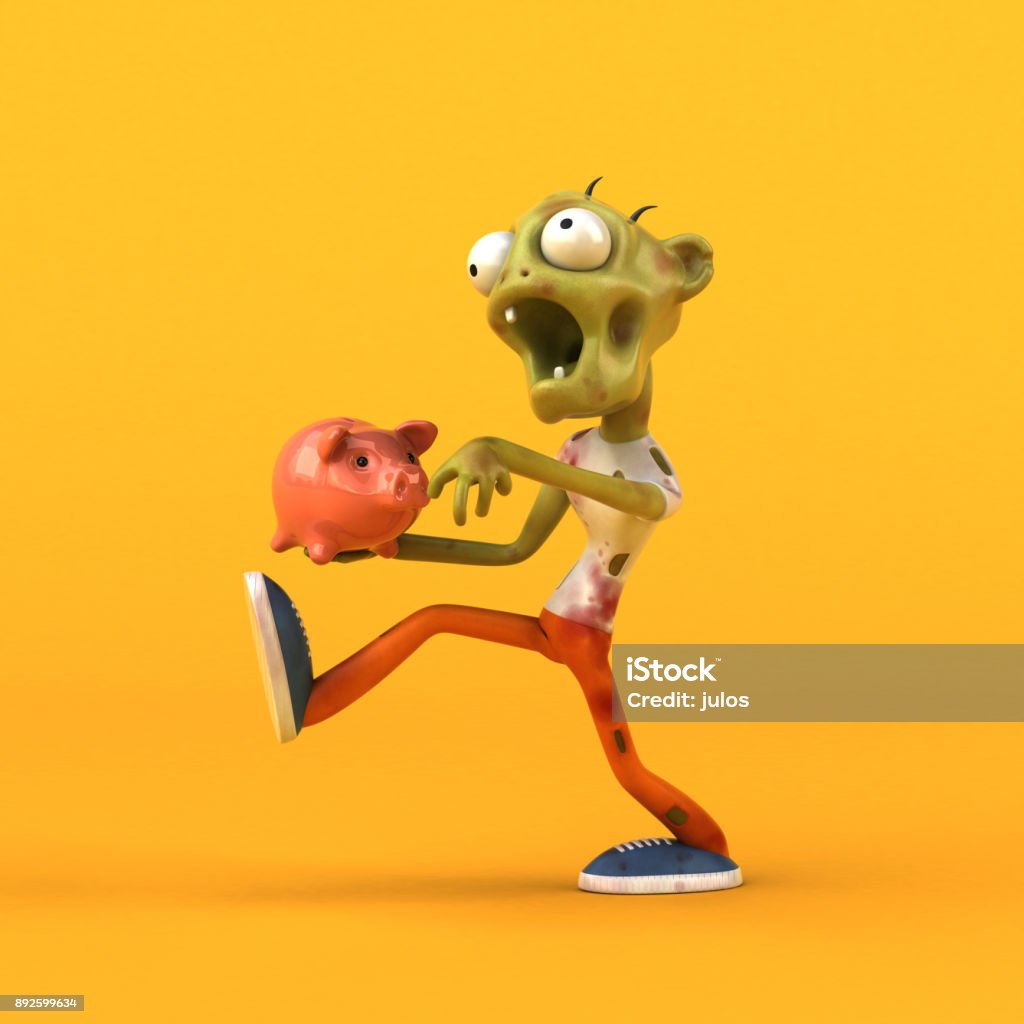Even though many predicted Deutsche Bank would be the next Credit Suisse when the bank’s CDs soared above 200 mark by the end of March, it managed to dodge the hair’s breadth of bankruptcy.
The collapse of Silvergate Bank in early March this year did not stir up much attention, but the subsequent crash of Silicon Valley Bank (SVB) on March 10 sparked a real panic chain. “It is a classic bank run”, Andrew Metrick, professor of finance and management said, when depositors rushed to withdraw their money, causing the bank to lose liquidity. The domino effect soon hit with Signature Bank falling, followed by Credit Suisse and First Republic Bank less than three months later.
Those crumbled banks, which collectively held more deposits than all of the banks that failed in the notorious 2008 crisis, triggered unavoidable concerns and financial instability that portended to spread to other nations. Fear seems to have taken root on Wall Street and now poses a big threat to growth.
But this was the story of five months ago, when the global banking system deeply quaked. The picture today might look a bit different.
AFTER THE SWEEPING WAVE
According to recent data, the concern of American and European investors with the risk of bank default has dropped sharply. The VIX index, a volatility measure calculated from the US derivatives market, also plunged to its lowest level in April. The market’s Fear & Greed index also fell from extreme fear to neutral, CNN reported.
Both the S&P 500 and the Nasdaq index took a pause at the end of March with a slight increase of about 1% and 4%, compared to what happened during the month. This could be a sign that market worries are hanging loose and investors are willing to take on a bit more risk.
Bank stocks staged a healthy rebound, offering a much-needed respite for the financial system’s health. Besides, certain other industries reported a slight increase, including the technology sector, as big players NVIDIA, Meta and Intel gained more than 20% in their quarter-over-quarter valuation.
PacWest reported on May 4 that customer withdrawals have slowed down, the rate of insured deposits reached 75% and the bank still has abundant cash on hand. “The bank has not experienced out-of-the-ordinary deposit flows following the sale of First Republic Bank and other news. Our cash and available liquidity remains solid and exceeds our uninsured deposits, representing 188% as of May 2, 2023″, PacWest concluded.
These market’s calm responses infer the US banking sector’s problems are now contained, and investors seem to pay less attention to a follow-up bank turmoil.
RETORT TO THE STORM
Keep in mind that this is not the first crisis the US government has weathered. Many financial storms, from the Great Depression to COVID-19, have swept through but the country still managed to thrive. Adversity brings wisdom, and crises prompted the birth of FDIC, Federal Deposit Insurance Corporation in June, 1933. It became the first public deposit insurance model, drawing on its resources to guarantee deposits in the event of a bank failure or bail-out.
On March 12, in a joint statement from US Treasury Secretary Janet Yellen, Federal Reserve Chairman Jerome Powell and FDIC Chairman Martin J. Gruenberg, the FDIC announced to rescue two of America’s biggest banks, SVB and SB, with assets totaling over $320 billion. The plan called for the creation of bridge banks, which are financial lifelines for struggling banks, providing a temporary home for their assets and liabilities until a buyer can be found. The FDIC can use bridge banks to maintain a failed bank for up to three years, giving it time to secure the institution and safeguard depositors.

On March 10, the California Department of Financial Protection and Innovation assigned the FDIC to manage SVB’s assets. In order to protect insured depositors, the FDIC created a bridge bank called the Santa Clara Deposit Insurance National Bank (DINB). Within 24 hours, the FDIC transferred all of SVB’s insured deposits up to $250,000 to DINB. Deposits worth more than $250,000 are not insured by the FDIC. Beginning on March 13, insured depositors begin receiving their money, and a deposit receipt certificate will be given to uninsured depositors.
The FDIC will give additional compensation to uninsured depositors after selling the assets owned by SVB. Beginning on March 13, DINB continues to provide all regular SVB services, including internet banking. The FDIC, as receiver, will keep some of SVB’s assets for future disposition, and payments from borrowers shall continue as usual.
Facing the bank panic, the Bank Term Funding Program (BTFP) was instantly implemented to boost liquidity for the financial system. This is a regulatory response from the US government in which the FED offers loans of up to one year length to banks one-year loans to banks at reasonable interest rates. Banks can back these loans with government bonds, mortgage-backed debt, savings associations, credit unions, and other eligible depository institutions pledging any collateral eligible for purchase.
The Bank Term Funding Program (BTFP) is a win-win key for both banks and the FED, according to Ryan Swift, BCA Research Strategist. It allows banks to borrow money from the FED instead of selling their bond portfolios at a loss, even when they are under liquidity constraint. This helps the FED continue to raise interest rates to pursue a tightening monetary policy, while also helping banks avoid deficit.
It is clear that the US government’s bailout of the banking industry was a necessary step to prevent a financial crisis. However, these emergency measures were like treating the symptoms of a disease, not the underlying causes. The question remains: will the bank panic ever end?
SEA IS STILL BREWING
“We’re seeing a lot of concern here that something’s about to break,” Ed Moya, a senior market analyst with Oanda said. “This contagion fear has not eased up whatsoever.” And there are a couple of reasons signaling why new tides of bank panic can still hit the shore.
First, small and medium-sized US banks are facing many difficulties. These banks are the base of America, offering boots-on-the-ground expertise and funding for mostly small firms that Wall Street giants like JPMorgan Chase or Bank of America cannot match. The fact that regional banks are being squeezed is a major concern for the entire banking system, which is already reeling from rising interest rates.
Loan to deposit (LDR) of many small banks is approximately 80%, while that of large banks is 60%. The higher a bank’s LDR index, the more money it lends out relative to the amount of capital it has on hand. This makes it harder for the bank to raise cheap funding if it gets into trouble, which may lead to a liquidity crisis. Hundreds of small banks are scrambling to reduce their lending risk, said former FED President Robert Kaplan. “What is happening is every single one of these banks is either freezing or reducing their LDR ratio.”
So why are small banks still tightening lending practices when the panic already passed? Kaplan asserts that the issue stems from many bankers failing to set aside enough reserves when they realized that commercial real estate loans posed a greater risk than business and industrial mortgages.
Besides, small and medium-sized banks in the US have nearly 18% of their assets tied to commercial real estate. That’s a lot of money buried in a sector that could be headed for a prolonged downturn. Soon, with a recession, these assets will become a dead weight on banks’ balance sheets, generating little to no income.

Customer anxiety could resurge once banks risk losses due to liquidity issues. This could lead to (again) a mass exodus of deposits, just like how First Republic succumbed when it lost more than $72 billion in deposits.
Secondly, US high-yield bonds are bleeding cash. These bonds are in great peril and reported to feed America’s “zombie company”, a term used for firms that need constant support from their creditors or the government to survive.
Banks are saddled with zombie companies: businesses that are living dead, unable to repay their debts but kept alive by lenient lenders. A vicious cycle embraces these companies as they can only make enough to pay interest on their loans but never enough to get ahead. As a result, zombie firms cannot reinvest in their businesses or grow. Once a bank lends to too many zombie companies, it risks becoming a zombie bank itself.
The Economist once gave a heads-up on how zombie banks are truly a danger because they tie up capital in ineffective assets, a problem that plagued the US in the 1980s, Japan in the 1990s, and Europe in the early 2010s. One risk is that zombie banks try to restore their capital adequacy ratios by lending less, which can stifle economic growth.
In the least worst-case scenario, zombie banks pose a significant threat to the economy through credit depletion. When credit contracts and lending conditions tighten, more zombie companies arise (taking on loans at higher interest rates to survive, burning through their cash flow, and barely scraping by to pay the interest).

Zombie companies and credit contraction form a vicious cycle that could spiral into a long-term recession, far more intractable than the 2008 crisis. As long as interest rates stay extreme, the cycle continues, choking off credit to healthy businesses and suffocating economic growth.
Last but not least, small and medium-sized banks are hemorrhaging cheap funding as customers flock to money market funds for higher returns. Since the beginning of March, money market funds – a type of mutual fund that invests in cash and extremely short-term bonds– , have hoovered more than $340 billion from bank accounts.
The key reason is that these funds invest in secure assets and because the US Federal Reserve is now boosting interest rates sharply, lenders are capable of paying off interest rates up to nearly 4%. “People making half a percent in bank accounts were ignoring the 4 percent they could make in money market funds,” said Doug Spratley, head of US money market trading at T Rowe Price. “And now they just got a big swift kick in the pants.”
The flood of cash pouring out of small banks and into money market funds is a ticking time bomb, triggering the stress already present in the banking system. If anything wrong can happen, it probably will, and the possibility of another SVB or Signature Bank crack-up looms large.
Yet everything stays still as “if”. Nobody is sure about what will happen, or how the daily influx of changing data and expert analysis makes the banking settings more ambiguous than ever.
Depositors in these banks may need to be aware of such numbers. Once the breaking news makes its way to the public, they lose confidence, and if they don’t feel secure, they withdraw money. Simple as it is. Loan to value, capital adequacy ratio, or risk provisions all look like rain in the fog, they just want to know: can I get my money out?
Here is an example. Blackstone, a leading property management fund, was hit by $4.5 billion in withdrawal requests in March, after a pullout of almost $3.9 billion in February. The fund only paid over $600 million as it has full right to limit the maximum investor withdrawals each month.
Even with a non-public fund that restricts the maximum withdrawal amount like Blackstone, investors (the majority of whom are wealthy and have sound financial counsel) continue to withdraw money, how about small depositors? The risk of a run on money market funds is, therefore, causing fear to spark new bank strains.
What we see now is the alarming rate of the shrinkage of small and medium-sized banks that can reduce the US economy to ashes, specifically when President Biden persists in growing domestic manufacturing and supply chain reinforcement.
“We’re trying to revive the productive sectors of the economy, as distinguished from the financialized sectors of the economy,” said Robert Hockett, a law professor and expert on public finance at Cornell University. “And at the core of all that is the regional banking sector … Wall Street banks are much more focused on the global economy, and speculation of various kinds.”
According to Hockett, regional banks do not hold diversified investment categories. As specialized lenders put all their eggs in one basket, they fall into trouble when interest rates increase. Many of them have accumulated a large number of treasury bonds, which are “the most boring of all possible investments.”
Another problem, as Hockett ironically stated: Why buy a struggling bank at a discount when you can get it for free after it fails and the government bails you out? This means more bank failures and Wall Street panic are on the horizon. And the second round of the banking crisis may already be on the way.
Reece Almond
Disclaimer: The blog articles are intended for educational and informational purposes only. This article draws in part on the research of Professor Ho Quoc Tuan. Nothing in the content is designed to be legal or financial advice.

